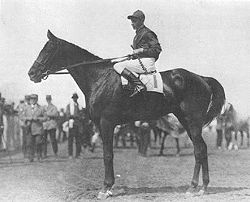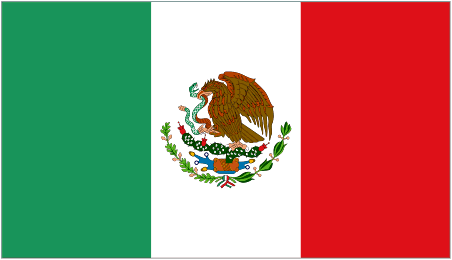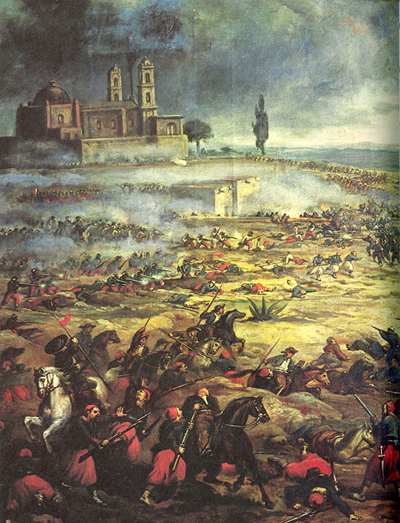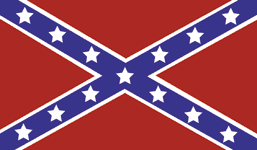continued from Mother’s Day

Before Julia Ward Howe began her Mothers’ Day for Peace campaign, another mother, Mrs. Ann Jarvis, had established a network of “Mothers’ Day Friendship Clubs” to improve sanitation conditions throughout West Virginia. She taught other mothers how to disinfect wounds, sterilize bottles, and prevent food from spoiling.
When the Civil War broke out, Jarvis and her clubs refused to take sides. Instead they tended to the wounded of both sides. After the war, having seen the carnage inflicted by and upon Union and Confederate troops, she pushed for the observance of a “Mothers’ Day”. Like Howe, Ann Jarvis’s Mothers’ Day stressed peace and social activism.
It was her daughter however–Anna Jarvis–who created Mother’s Day as we know it.
In 1907 Anna arranged a memorial service for her mother, the previously mentioned Ann Jarvis, who had passed away on May 9, 1905. Determined to help others appreciate their mothers when they were alive, Anna Jarvis held the first official Mother’s Day the following year, on the second Sunday of May, 1908.
Over 100 years ago this weekend, 407 children and their mothers participated at the first Mother’s Day service at the Andrews Methodist Episcopal Church in Grafton, West Virginia.

Anna had a very specific idea of Mother’s Day. It was to be celebrated on Sunday rather than a specific date because it was a ‘holy day’, not a ‘holiday’. (Also, her mother taught Sunday school for 25 years.)
She even specified where the apostrophe was to fall: it was Mother’s Day, not Mothers’ Day. It would be a personal celebration in honor of one’s own mother, rather than for all mothers in general.
This version of Mother’s Day spread quickly–spurred on by the letters of Anna and her friends promoting the holiday. In 1910 West Viriginia became the first state to declare the holiday. Just four years later the resolution passed in both houses of Congress, and Woodrow Wilson proclaimed the second Sunday in May “a public expression of our love and reverence for the mothers of our country.”
But by the 1920s the new holiday met with opposition from an unexpected source:
Anna Jarvis herself.
Anna had no idea the commercial epidemic she would unleash upon the American public. Appalled by the materialistic takeover of what was to her a very personal day, she spent much of the rest of her life denouncing the exploitation of the day she had helped to create. She wrote:
A printed card means nothing, except that you are too lazy to write to the woman who has done more for you than anyone in the world.
Perhaps the irony is that the younger Jarvis succeeded where the elder Jarvis and Julia Ward Howe had not precisely because her incarnation of Mother’s Day was commercially exploitable. Americans could purchase gifts for their own mothers, as opposed to the concepts of Howe and the elder Jarvis, who envisioned a day of unity for social change.
Today Mother’s Day is a $15 billion dollar industry. More flowers are sold for Mother’s Day than even Valentine’s Day. More cards are sent than for any other holiday but Christmas. And more people will eat out this evening than any other day of the year.
Whereas previous activists like Howe and Jarvis Sr. looked at Mothers’ Day from the point of view of a parent—as a day for mothers to unite against war and injustice to make the world safer for their children—the younger Jarvis never saw it that way. To Anna this day would always be a gift to her mother.
Anna Jarvis, the mother of Mother’s Day, had no children.
[Speaking of commercialism, you probably couldn’t spot Maia and her sisters in the sky, but the Pleiades constellation looks like this:

You might recognize it better as this:
Subaru is the Japanese name for the constellation. The auto manufacturer’s logo shows the six stars normally visible to the naked eye.]













